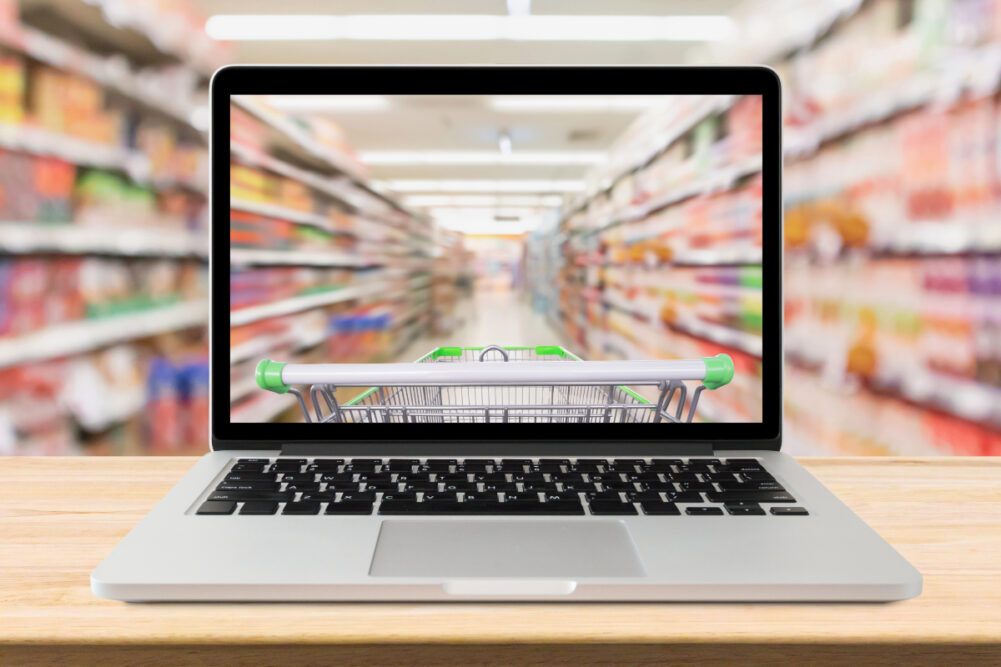CHICAGO — A century ago, the Spanish Flu brought about advancements in the automation of telephone operations. The SARS outbreak in 2002 catalyzed online ordering with the rise of Alibaba in China. Now, the COVID-19 pandemic is poised to have a lasting impact on the way food is produced, purchased and consumed, according to a new report from S2G Ventures.
The Chicago-based venture capital fund analyzed eight pandemics and outbreaks throughout history to uncover patterns around financial and economic recovery. It found past pandemic economic history is starkly consistent, characterized by a cycle of innovation and lasting changes to societal behaviors and norms.
“Diving into pandemic economic history shows a pattern of innovation,” said Dan Ripma, senior associate at S2G. “What we see today is that improvement in nutrients, taste, functionality and sustainability will lead to long-term structural changes in our food system.”
Decommodification of protein
Structural changes already are occurring across the protein space. Cost inflation and complex, global supply chains paired with labor intensive processing facilities have challenged animal-based products, while innovation and changing consumer preferences are making the alternative protein industry more attractive, according to S2G.
Improvements in the taste, nutrition and affordability of plant-based protein and advancements in cell-based meat will help take alternative protein from the “iPod phase” to the “iPhone phase,” said Sanjeev Krishnan, managing director and chief investment officer at S2G.
“On the plant-based side, there’s been a Cambrian explosion post-Beyond Meat of both new brands and new innovation, not just in terms of better soy or yellow pea, but also new things like mushrooms, fungi, chickpea and a number of other science-based ingredients,” he said. “I see the economics of cultured meat getting better and better, I see more interest in regulating it and I see more consumers interested in it.”
The food system will require both conventional and alternative protein to feed a growing global population, with traditional animal-based protein moving toward a less centralized future, he added.
“I think there will be more regional producers,” Mr. Krishnan said. “There will be more producers that differentiate either by production methodology or quality of outputs.”
Channel digitization
The pandemic also accelerated digitization within the food system. A forced transition to fewer in-person purchasing decisions during the pandemic drove consumers to engage with companies through digital access points. More consumers began educating themselves on nutrition and food online, leading to the emergence of niche food tribes.
“We're getting more tribal in the information that we're consuming, especially with the role of social media platforms,” Mr. Krishnan said. “It’s going to lead to more customized food tribes.”
The rise of the direct-to-consumer channel and online grocery allows brands to customize and segment consumers, he said.
“That has product development implications, which is really good for startups,” Mr. Krishnan said. “Small companies can be fine being customized and niche, while larger companies have a harder time with that.”
Channel digitalization during the pandemic also is giving rise to the hybrid shopper, with consumers utilizing a variety of online and in-person shopping modalities. This has implications for brands and retailers around supply chain and fulfillment operations.
“The future of food retailing and product development is only going to become more complex, not less,” Mr. Krishnan said. “That’s one of the reasons why we’re so bullish on the whole digitization of the overall food system. The more complex the supply chain, the more SKUs that you have when you get into customization, the more fulfillment is going to be another key pain point.”
Convergence of food and health
Looking forward, S2G predicted that food will play an increasingly important role in health care as advancements in science and technology open new channel access previously unhabitable by food for several reasons.
One key reason is that food’s impact on specific health conditions remains difficult to measure in terms of direct impact and cost savings. Many organizations, both private and public, are working to solve this barrier, unlocking opportunities for food to be treated as a health care tool in the future, according to S2G.
With the vast majority of American consumers facing some kind of disease potential as a result of a metabolic diet issue, S2G predicted the food system will form a bridge between disease care and health care. Opportunities exist for food brands to from direct partnerships with health care players.
“Aging baby boomers in particular are a huge segment, but millennials and Gen Z are also very health and wellness focused,” Mr. Krishnan said. “I see an opportunity for the food system to take market share from health care spend, to deflate costs, improve patient lives, improve mental health and really create a win-win for the US taxpayer.”





